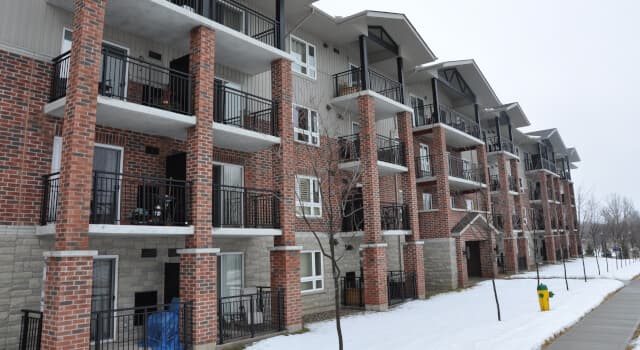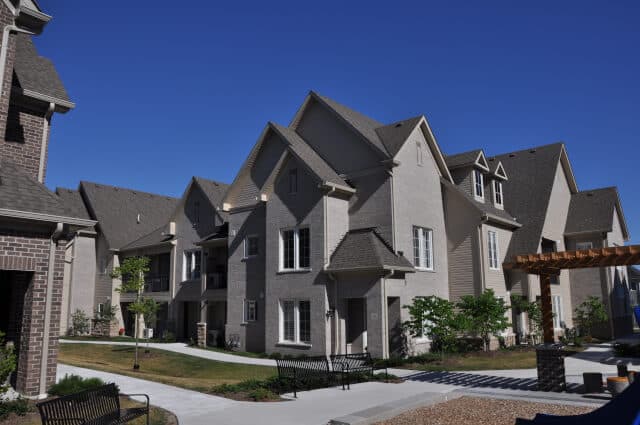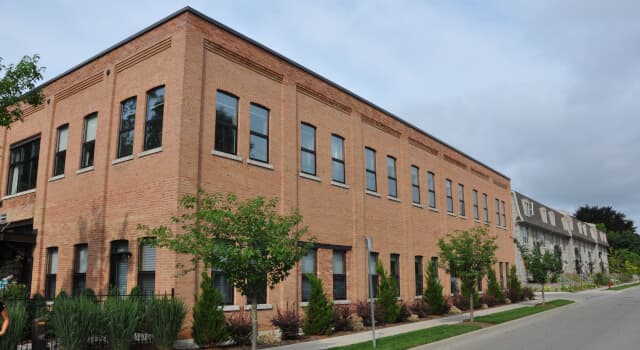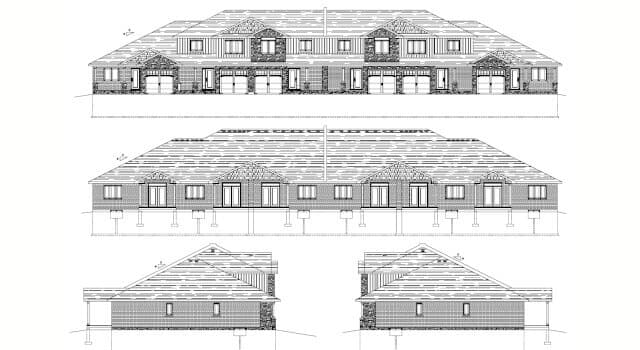Reserve Fund Study
Condominium Act 1998, S.O. 1998, c. 19
https://www.ontario.ca/laws/statute/98c19#BK201
All condominium Corporations in Ontario must establish a separate reserve fund account for the purpose of major repair and replacement of their common element components.
The Corporation must collect the contribution from the owners as part of their maintenance fee to contribute to the fund.
A Reserve Fund Study must be conducted to determine the adequacy of the amount contributed to this fund.
The Reserve Fund Study consists of a physical review and inventory of the common elements followed by a financial projection to ensure future repairs and replacements can be performed as required.
Adjustments to the annual contribution are recommended based on the specific condition of the common elements and the financial position of the Corporation with the goal being to remain financially viable over a minimum 30 year time frame.
Reserve Fund Studies must be updated every three years to ensure the funding model remains adequate.
Once finalized, the Study and proposed funding plan are summarized and distributed to all owners by way of a specific form called the Notice of Future Funding of the Reserve Fund, previously called "Form 15".
Request for Proposal



